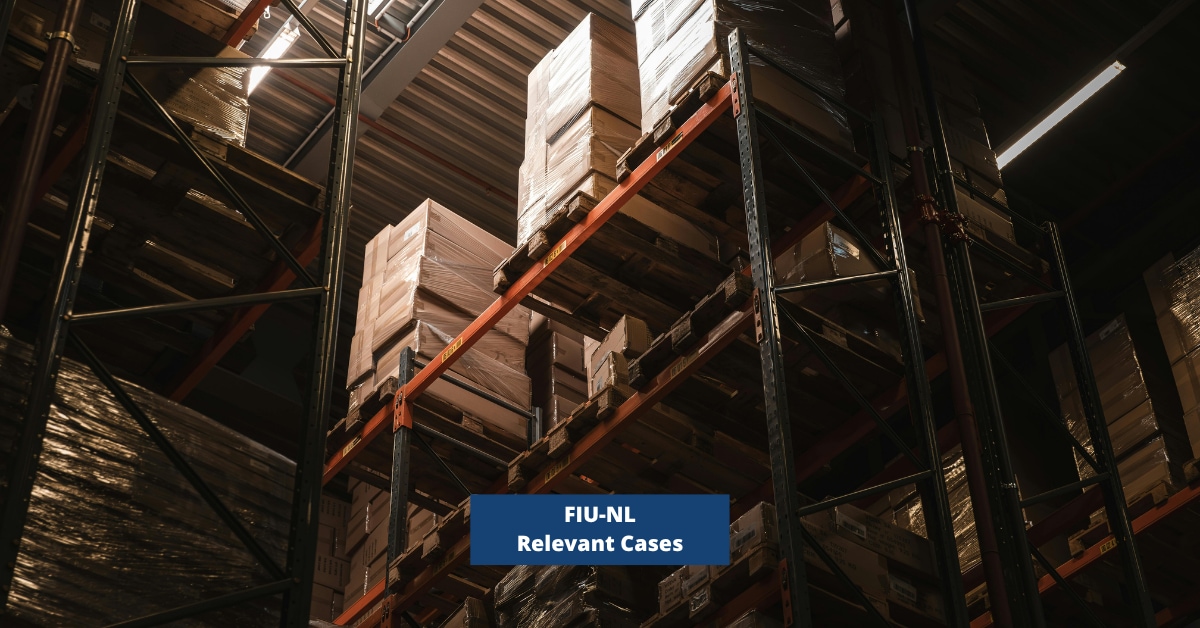Conviction for sanctions evasion through the export of dual-use goods
In this case, we examine a report submitted by a bank. Analysis of an unusual transaction gave rise to a suspicion of sanctions evasion through the export of dual-use goods to Russia.

Dual-use goods are products, services and technologies that can be used for both civilian and military purposes. Examples include computer chips, engine blocks and certain chemical substances. Since the European sanctions against Russia came into force, there has been a ban or licensing requirement on the export of a large number of dual-use goods to Russia (EU-regulation 2021/821).
Circumvention country
Our analyst explains: “The bank reported a customer was selling products that were probably on the European list of sanctioned goods in relation to Russia.They also noticed that the products were being sent to a country that is often used for circumvention routes. These are mostly countries that do not have a trade ban with Russia. In cases of sanctions evasion, it’s common for prohibited goods to be sent to an evasion country, and from there they enter Russia after all.”
Switch
The analysis of the unusual transaction showed that the goods were indeed sanctioned goods. It also showed that, prior to the war in Ukraine, the company had exported the goods to customers in Russia. After the invasion of Ukraine and the imposition of sanctions against Russia, this suddenly changed. “From that moment on, the company started doing business with all kinds of companies in circumvention countries. Transaction overviews and sales invoices that the bank had sent with the report confirmed this.”
Investigation into customers
The analyst investigated the customers of the products. “It is important to know who is behind these companies. For example, our analysis showed that one of the companies to which the Dutch dual-use goods were sent, mainly had Russian shareholders. That alone doesn’t mean anything. Therefore, we also investigated the customers of the customers to find out where the goods might have gone next. Our analysis showed that the goods were probably exported to Russia via those buyers.”
Links in the chain
In cases of sanctions evasion, on paper the circumvention countries are usually the destination of dual-use goods. That is where the traceable flow of money ends. “If you take a closer look at the flow of goods, you often see that this flow continues and ends up in Russia. Sometimes this happens via several countries. Companies that deliberately evade sanctions, try to make the flows as complex as possible. For example, they often use numerous intermediaries or intermediary companies. These are often links in the chain. By combining analyses of the flow of money, the flow of goods and the people behind the companies involved, we gain the necessary insights. Reports of unusual transactions are the starting point for many of these analyses. They are therefore extremely important to prevent sanctions evasion as much as possible.”
The information from the analysis provided sufficient grounds to flag the case as suspicious. An investigation service looked further into the case. The court of first instance convicted two people for violating the Sanctions Act.

